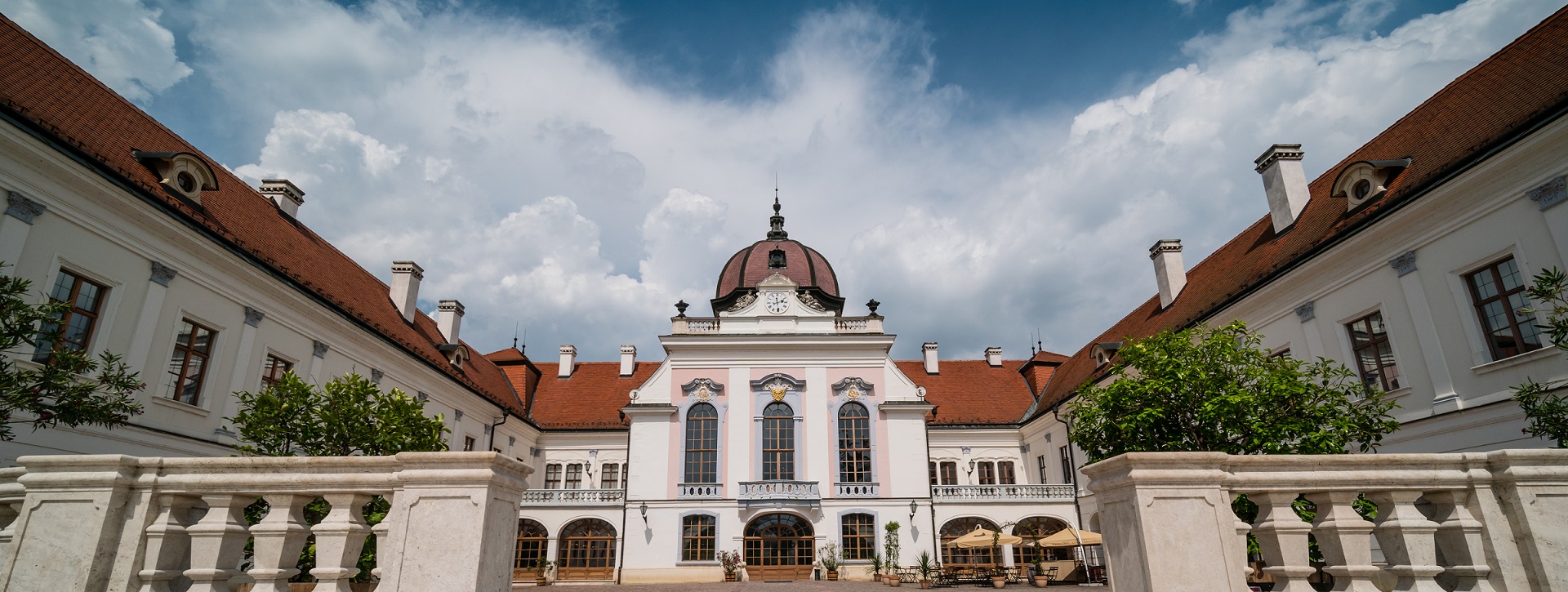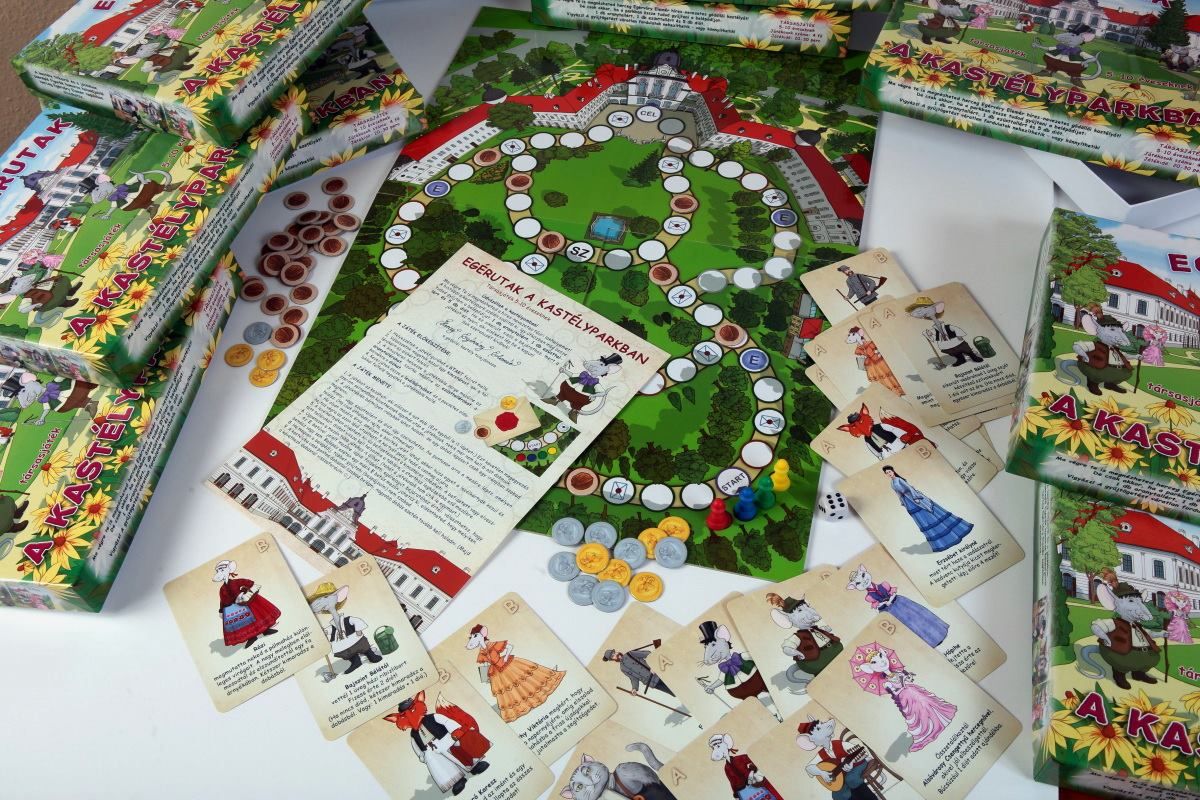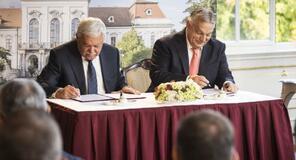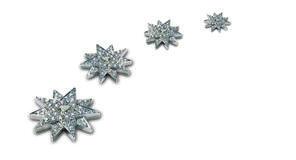

At the entrance to the exhibition, a play card awaits the children, with which they can discover the fabulous secrets of the mouse holes in the royal suites! There is a little surprise for the right solution!
Find the mouse boxes and solve the fabulous puzzle of Prince Magnus Mousecastle and Count Chester Gorgonzola!
Further information:
28 / 430-864
muzeumpedagogia@kiralyikastely.hu
The game sheet can also be downloaded below!
Attachments:

Today you can finally visit my famous royal home! You can step out of your horse carriage at the edge of the park to collect your entrance fee: 1 gold coin, 1 silver coin and 5 walnuts. If you’ve collected them, hurry to the entrance because the winner of the game is the person who crosses the gate first!
Good Luck!
Prince Magnus Mousecastle
The Governor of the Royal Palace of Gödöllő
Game Preparations:
1. Place the figures at the START.
2. Choose a TREASURER from the players who will handle the coins and walnuts.
3. The treasurer places the golden coins on the yellow space and the silver coins on the grey space. The walnuts go on the brown space.
4. Shuffle the letter cards and then place them next to the board with the stamps showing on top.
The Rules of the Game:
1. The first person to roll a 6 on the dice starts the game.
2. After that, the players must decide which direction the game will continue. (Clockwise or counter clockwise). After the first person rolls a 6, the game begins with each player taking their turn in the decided direction.
3. You can collect gold and silver coins and walnuts by stepping on it’s space. If you just pass over the space, then you don’t collect anything.
4. If you step on a space with an envelop marking pull a letter card. Follow it’s directions. Then discard the card under the pile.
5. The payment of the letter cards is done by the treasurer. The discarded coins and walnuts go back onto the board at the RAIN space closest to START.
6. More than 1 person can stand on a space at the same time.
7. You arrive at a MOUSE TUNNEL when you step on a space marked with an „E”. You can choose to go in or not. If you go in, then you can come out on another space of your choice marked with an „E”.
8. If you have the amount for entrance, you cannot collect more to put away.
9. You can only enter the palace with the correct roll of the dice. If you roll more, then you have to take those steps. (During the next roll you can move back the number you rolled).
Advance Play:
1. For 2-3 players you can place less walnuts on the board, 10 or 15. The gold and silver coins can go down to 2 or 3.
2. You can also make the game harder by not placing the lost walnuts and coins back onto the board. This way not all players may enter the palace, only the fastest ones, the ones who collect first.
3. You can allow „collecting extra” coins and walnuts. This way some of the other players may not be able to collect for themselves.
Memory Game:
You can play MEMORY with the cards! Shuffle the cards and place them face down next to each other in 4 rows. Each player takes turns to turn up 2 cards at a time. If the 2 cards match then they are yours. If the 2 cards don’t match then you have to turn them back face down. The winner is the one who has the most cards in the end.
Game Contents:
1 game board
4 figurines
1 dice roller
40 walnuts
8 gold coins
8 silver coins
24 letter cards
LETTER CARDS HERE!



